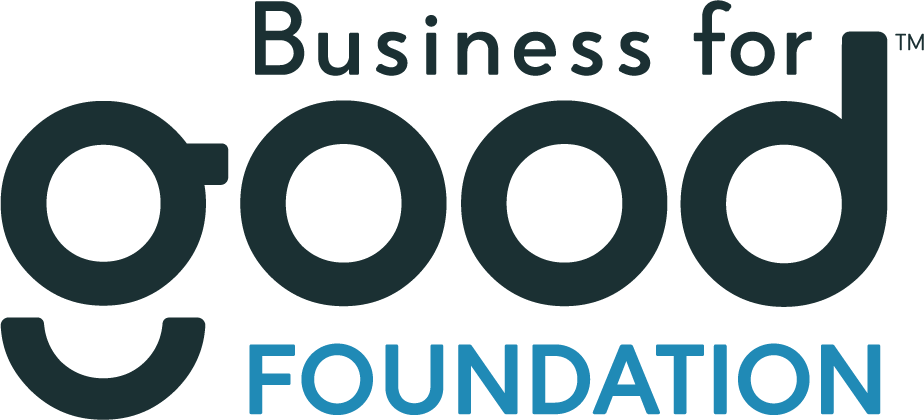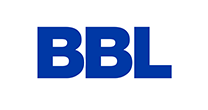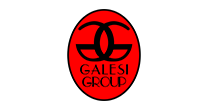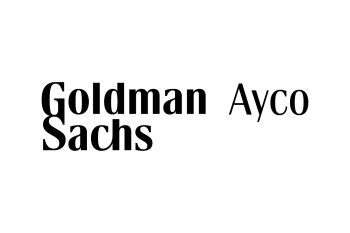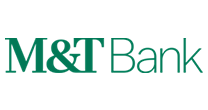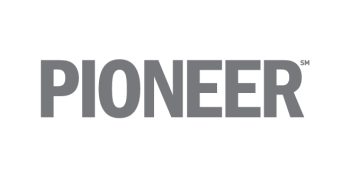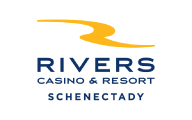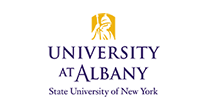News
May 3, 2017Uncovering the Albany Wampum Factory
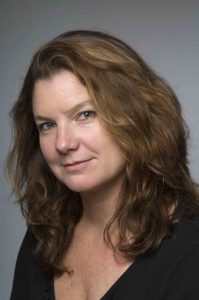 On Thursday, May 11, 2017 from 6-7PM the Albany Institute of History & Art will host artist Renée Ridgway and archaeologist Paul Huey for a discussion about the discovery of wampum production in Albany’s first almshouse. This lecture complements the current exhibition Wampum World: An Art Installation by Renée Ridgway, on view at the Albany Institute through June 18, 2017. The lecture is free and open to the public as part of the museum’s free Thursday evenings initiative (free admission to the galleries and public programs from 5-8pm most Thursdays).
On Thursday, May 11, 2017 from 6-7PM the Albany Institute of History & Art will host artist Renée Ridgway and archaeologist Paul Huey for a discussion about the discovery of wampum production in Albany’s first almshouse. This lecture complements the current exhibition Wampum World: An Art Installation by Renée Ridgway, on view at the Albany Institute through June 18, 2017. The lecture is free and open to the public as part of the museum’s free Thursday evenings initiative (free admission to the galleries and public programs from 5-8pm most Thursdays).
In his discussion with Ridgway, Huey will present the discoveries during Albany’s tercentennial year (1986), which also marked 300 years since the establishment of the city’s first almshouse. The dig was carried out at Norton Street during the construction of the new KeyCorp building and among the found artifacts were many fragments of broken clamshells and conch shells. Soon thereafter it was realized that these shells were the debris from wampum bead manufacture, along with partially finished beads that had been broken during the production process. A later analysis of all the artifacts indicated that during the 18th century the almshouse had become a virtual ‘wampum factory’ (https://wampumworld.net/2016/12/22/paul-huey-6/), where the occupants of the almshouse were kept busy with the painstaking process of making the tiny beads from shells that were used as legal tender. Furthermore, Huey will share material from the Fort Orange excavation, which occurred in the winter of 1970-1971 and aroused new interest in the history and archeology of the colonial Dutch. At the Schuyler Flatts excavations (1971 and 1974) there was also evidence of beadmaking from conch shells and Huey will share the artifacts along with some of his recent findings.
The exhibition Wampum World –an art installation by Renée Ridgway sheds light on the shared history between Dutch and Native American cultures, bringing together present-day knowledge transfer and interaction. Wampum World is about wampum, which is made from shell. Historically it had manifold functions for Native Americans in various aspects of their societies and is still today considered sacred. In contrast Dutch settlers, having recognized the value of wampum for Native Americans, used wampum in exchange with European goods in order to procure beaver belts, as part of the 17th c. trade triangle ‘beaver, wampum, hoes’. Metal coinage was not readily available in the ‘New Netherland’. Therefore wampum served as a currency and was ‘minted’ by Albany indigent laborers in a Dutch almshouse.
The Wampum World transmedia platform (https://wampumworld.net) launched on March 4, 2017 augments the exhibition as a tool for interactive storytelling. It contains video clips with interviewees, photos and archival contributions. These interviews enable various personal anecdotes and stories to surface, whether based on oral histories, archival documents, or history books.


